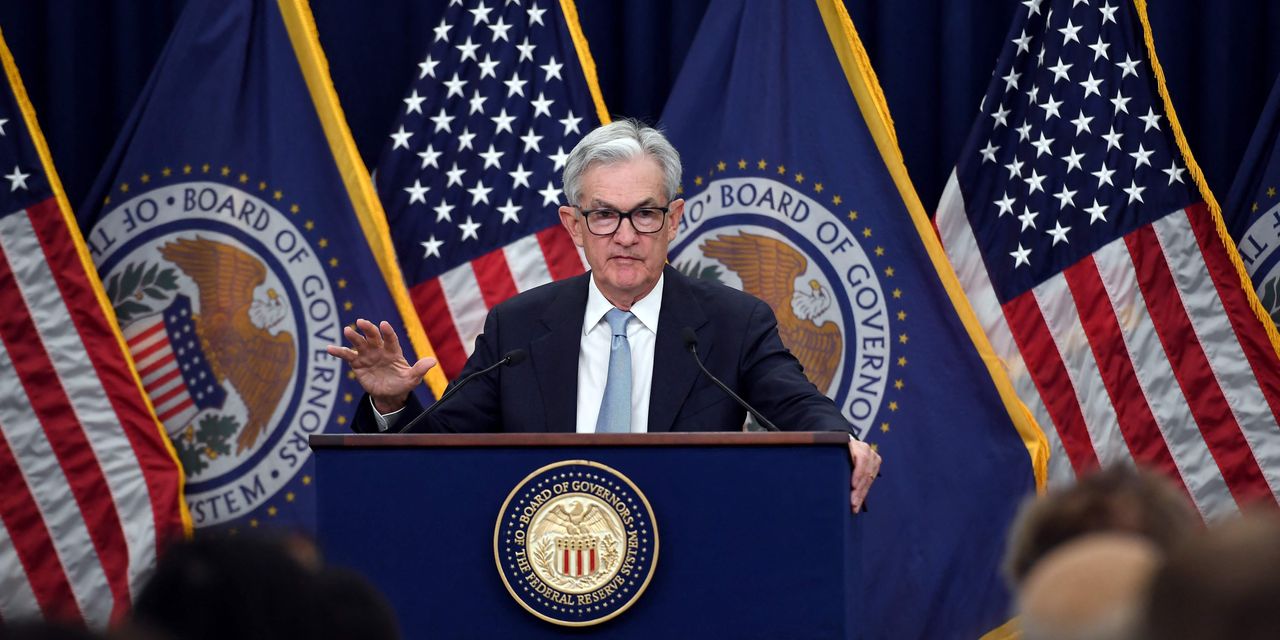In the new environment of bank fragility highlighted by the sudden collapse of Silicon Valley Bank, economists attending a conference in Washington DC said they see the Federal Reserve hiking interest rates one more time before stopping in the current cycle. Others said the Fed might be done with monetary tightening.
“One more rate hike makes sense, especially if the financial crisis isn’t proliferating,” said Kathy Bostjancic, chief economist at Nationwide, in an interview on the sidelines of the National Association for Business Economics event.
A quarter percentage point hike would put the endpoint of the Fed’s benchmark interest rate at a 5%-5.25% rate.
The Fed’s next interest rate committee meeting is May 2-3.
Lydia Boussour, senior economist at EY-Parthenon agreed there would be one more hike.
“We are expecting the Fed to hike one more time in May, based on the assumption that the banking situation we’re seeing right now remains fairly contained,” Boussour said, in an interview.
Both economists said that the stress in banking will tighten credit to businesses and households. This will slow down the economy.
Small and medium sized firms will be hit hardest and will begin to shed workers.
“Eventually small-and-medium-sized firms don’t have the capacity to carry workers if their profits are shrinking and earnings are declining,” Bostjancic said.
Both Boussour and Bostjancic expect a recession later this year.
Boussour sees the economy shedding less than a million workers with the unemployment rate peaking at 4.5%. This means a “mild recession,” she said.
Bostjancic sees over 3 million workers losing their jobs, with the peak unemployment rate of 5.5%. She called this a “softish landing.”
Inflation is expected to cool off as a result of the weakness in the economy.
Boussour was more optimistic on inflation, seeing heading PCE inflation below 3% by the end of the year.
Diane Swonk, chief economist at KPMG, said the Fed is done raising rates.
In an interview, she said that she was worried the credit tightening from the bank stress “could sneak up on us.”
She said there is a lot of stress that has not been revealed, she said. Private equity remains highly levered and business loans have to be renegotiated at much higher rates.
“The fallout of that could be quite substantial,” she said.
Swonk said she was expecting “a slow squeeze”, not a “cliff event.”
“The part that I think is not being looked at enough is the broader financial fragilities – the reach for yield from more than decades of ultra-low interest rate policies that are not going to work” in a high interest rate world, Swonk said.
These are going to be revealed as we start to reset on these higher rates, she added.
“I think they [the Fed] are done. Given the spectrum of uncertainty it seems appropriate,” she said.
Stocks
DJIA,
SPX,
were higher on Wednesday as stress in the banking sector appeared to wane. The yield on the 10-year Treasury note
TMUBMUSD10Y,
slipped to 3.56%.
Read the full article here








